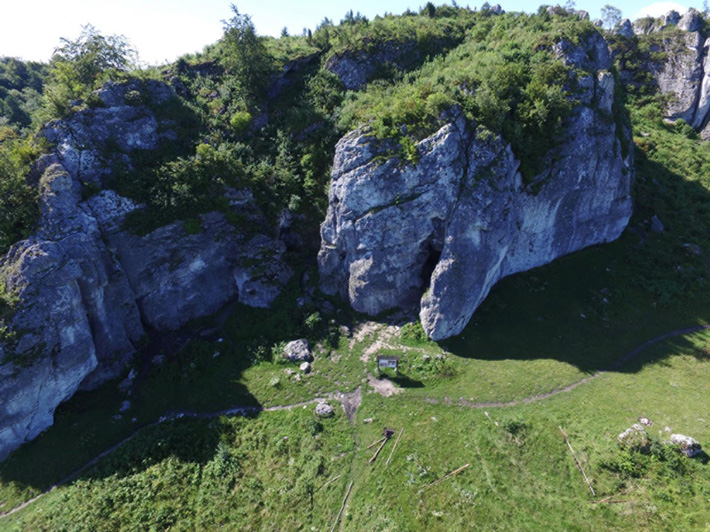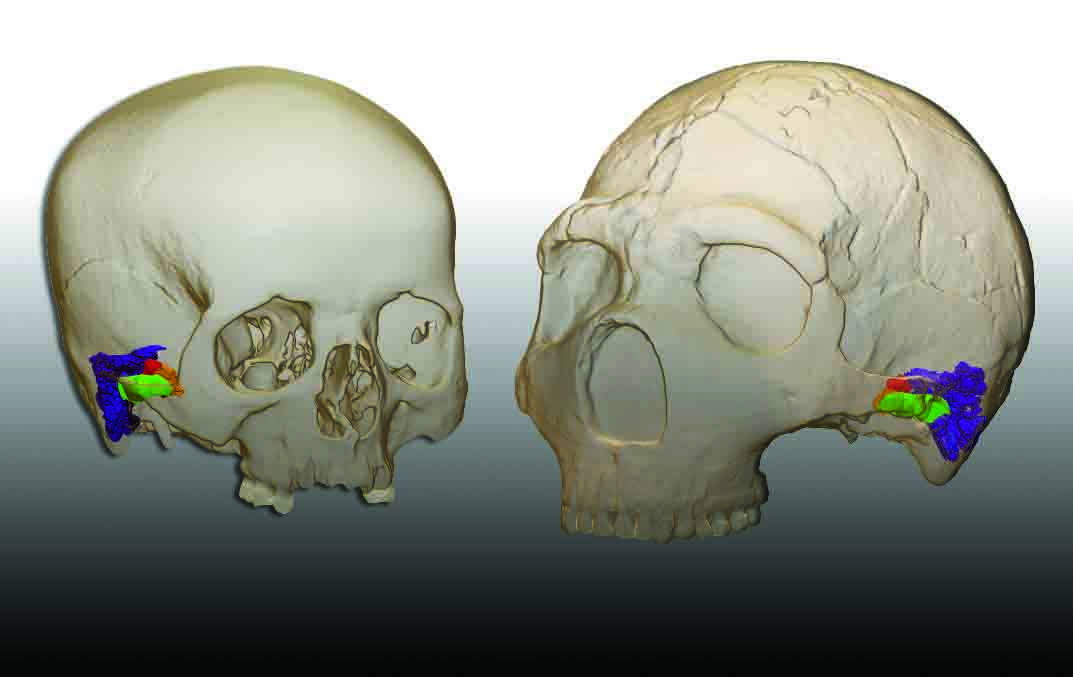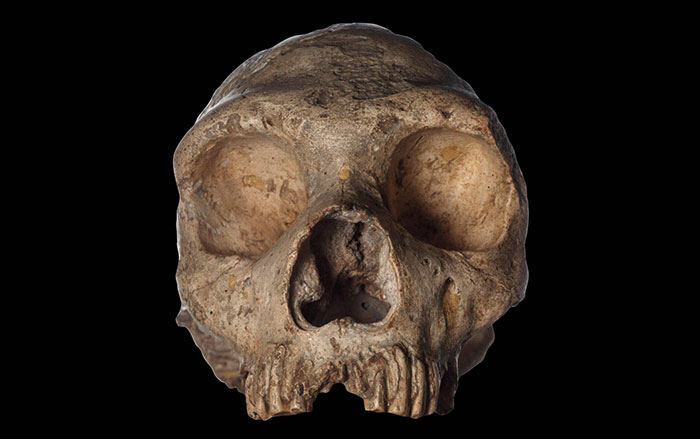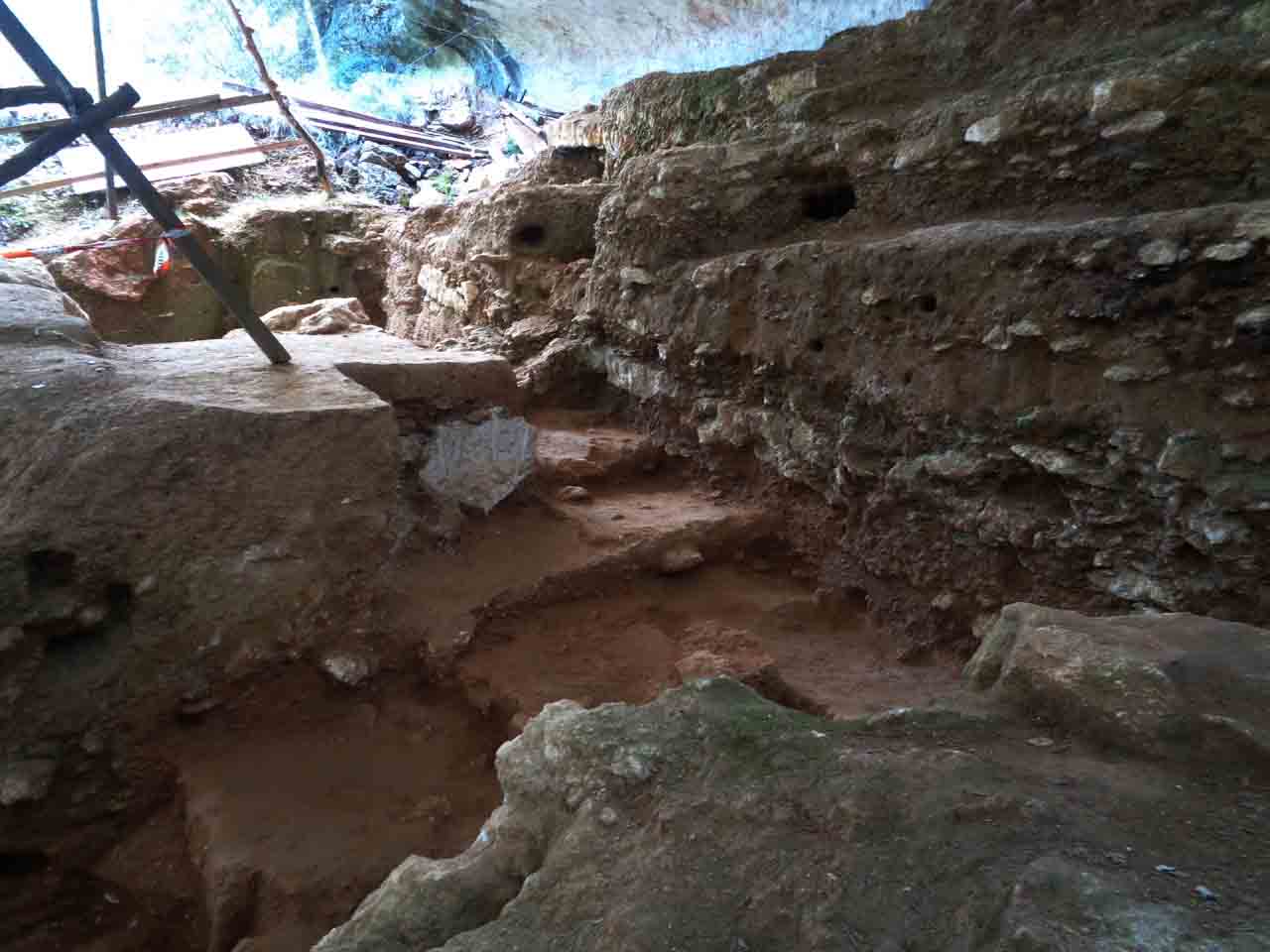
LEIPZIG, GERMANY—According to a statement released by the Max Planck Institute for Evolutionary Anthropology, Andrea Picin and an international team of researchers analyzed the genome of a worn Neanderthal tooth recovered from Poland’s Stajnia Cave. The researchers determined with the molecular genetic clock that the individual lived at least 80,000 years ago, and found its mitochondrial DNA resembled that of a Neanderthal whose remains were found in the Caucasus. Based on stone tool evidence from this period, Neanderthals are thought to have hunted migratory animals across the frigid Northern and Eastern European Plains. Some may have even traveled along the Prut and Dniester Rivers into the Caucasus, the researchers explained. Previous genetic studies of Neanderthal remains have indicated that Neanderthals from Western Europe replaced the population of Neanderthals living in the Altai Mountains some 90,000 years ago, and then about 45,000 years ago, western European Neanderthals replaced local Neanderthals in the Caucasus. The researchers said the new study helps explain the timeline for the wide distribution of Neanderthal artifacts found between eastern France, Poland, and the Caucasus. Read the original scholarly article about this research in Scientific Reports. For more on the Neanderthal genome, go to "Decoding Neanderthal Genetics," one of ARCHAEOLOGY's Top 10 Discoveries of 2014.










